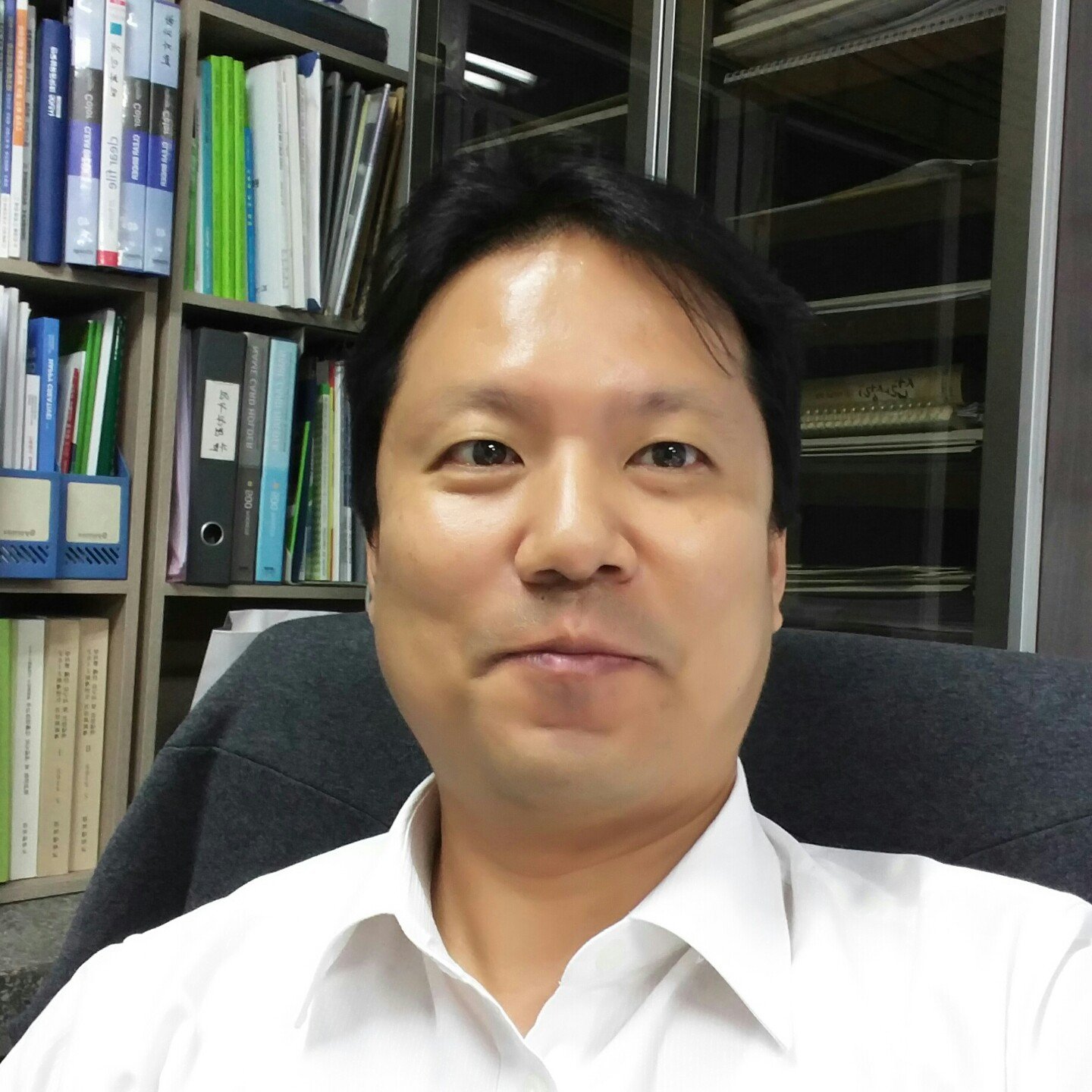New Advances in Biofibers and Biomaterials
A special issue of International Journal of Molecular Sciences (ISSN 1422-0067). This special issue belongs to the section "Materials Science".
Deadline for manuscript submissions: closed (31 March 2023) | Viewed by 10670
Special Issue Editor
Interests: silk; biopolymer; natural fiber; non-woven fabric; wet-spinning; electro-spinning
Special Issues, Collections and Topics in MDPI journals
Special Issue Information
Dear Colleagues,
Recently, various biofibers and biomaterials have attracted researchers’ attention because they have unique properties including good biocompatibility, biodegradability, excellent cytocompatibility, and high water retentions. Thanks to these useful properties, the biofibers and biomaterials have been studied to apply them to biomedical, cosmetic, and health care products.
In this special issue, researchers from both academia and industry are invited to submit their latest studies on the biofibers and biomaterials. The object of this special issue is to provide a platform for knowledge and experience exchange on the recent studies on the fabrication, structure, properties, and application of biofibers and biomaterials.
Dr. In Chul Um
Guest Editor
Manuscript Submission Information
Manuscripts should be submitted online at www.mdpi.com by registering and logging in to this website. Once you are registered, click here to go to the submission form. Manuscripts can be submitted until the deadline. All submissions that pass pre-check are peer-reviewed. Accepted papers will be published continuously in the journal (as soon as accepted) and will be listed together on the special issue website. Research articles, review articles as well as short communications are invited. For planned papers, a title and short abstract (about 100 words) can be sent to the Editorial Office for announcement on this website.
Submitted manuscripts should not have been published previously, nor be under consideration for publication elsewhere (except conference proceedings papers). All manuscripts are thoroughly refereed through a single-blind peer-review process. A guide for authors and other relevant information for submission of manuscripts is available on the Instructions for Authors page. International Journal of Molecular Sciences is an international peer-reviewed open access semimonthly journal published by MDPI.
Please visit the Instructions for Authors page before submitting a manuscript. There is an Article Processing Charge (APC) for publication in this open access journal. For details about the APC please see here. Submitted papers should be well formatted and use good English. Authors may use MDPI's English editing service prior to publication or during author revisions.
Keywords
- biofiber
- biomaterial
- biomedical products
- cosmetics
- health care products
- biocompatibility
- biodegradability
- structural characteristics
- properties






